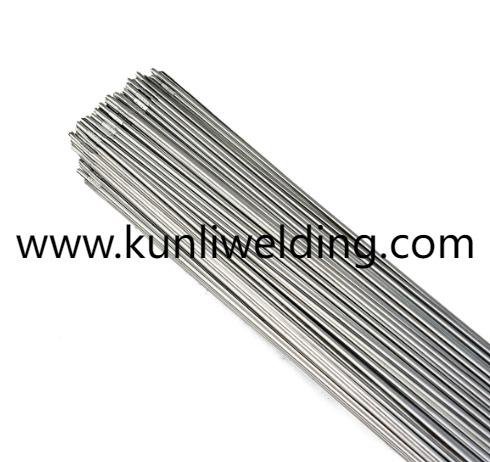Optimizing Weld Performance with ER5087 Wire Protective Packaging

In the context of expanding offshore wind projects and intensified marine vessel refurbishments, many shipyard managers are asking how Aluminum Welding Wire ER5087 should be stored and handled to preserve its mechanical properties and corrosion resistance. With headlines emphasizing sustainable maritime transport and resilient coastal infrastructure, following proper protocols can make a tangible difference in weld quality and operational uptime.
First, designate a climate-controlled storage area for welding wire reels. Fluctuating humidity and temperature swings can lead to moisture absorption and oxide layer growth on ER5087's magnesium-alloy surface. By maintaining stable ambient conditions, you reduce the risk of hydrogen-induced porosity during welding. Simple retrofits, such as dehumidifiers and insulated cabinets, help create a consistent environment without extensive facility upgrades.
Second, keep reels in their original protective packaging until just before use. Manufacturer seals and moisture-resistant films are designed to guard against airborne contaminants. When a spool is opened, transfer the remaining wire into airtight containers equipped with desiccant pouches. This approach ensures that only the active length of wire is exposed, safeguarding the bulk of your inventory from environmental exposure.
Handling practices also play a critical role in maintaining ER5087 integrity. Always use proper spool supports that prevent lateral movement and uncontrolled unwind tension. Excessive tension can deform fine wire strands, affecting feed reliability and arc stability. Pair spool stands with smooth guide tubes to avoid kinks and minimize surface abrasion as the wire travels toward the welding torch.
When preparing for large structural repairs on offshore platforms or ship hull sections, plan for rod conditioning. Pass the wire through a dedicated cleaning brush assembly to remove any light surface oxidation before feeding it into the torch. Some facilities dry the wire briefly in a low-temperature curing oven to eliminate residual moisture. This step reduces spatter and helps achieve uniform penetration in thick-section welds.
Inventory rotation is another practice that supports weld consistency. Implement a first-in, first-out system for spool usage. Label each reel with its receipt date and track open-spool durations to ensure that wire is used within acceptable time frames. This simple inventory control measure prevents the unintentional use of aged wire that may have degraded in performance.
In mobile field operations, such as remote wind turbine nacelle repairs, use portable storage cases with controlled microenvironments. Insulated containers fitted with desiccant cartridges keep ER5087 reels dry during transport and staging. Field technicians can thus apply the same storage discipline found in fixed workshops, preserving weld quality regardless of location or weather conditions.
Regular inspection of wire spools helps catch issues before they affect welding. Look for signs of rust on spool hubs or film delamination on packaging. Measure spool tension occasionally to confirm that unwind resistance remains within target ranges. When abnormalities appear, quarantine the spool and consult your wire supplier for guidance on reconditioning or replacement.
Collaboration with your wire provider enhances these practices. Suppliers often offer custom packaging options for extended shelf life and can recommend desiccant types suited to your regional climate. They can also share technical bulletins on handling protocols and troubleshooting tips tailored to ER5087's alloy characteristics. This partnership approach aligns storage and handling processes with emerging industry trends in sustainable marine and offshore construction.
By adopting these best practices—climate control, protective packaging, tension-controlled handling, rod conditioning, inventory rotation, and mobile case solutions—fabrication teams can uphold the performance of ER5087 welding wire and minimize downtime due to weld defects. Proper storage and handling not only protect your investment in high-strength filler wire but also support safe and reliable welds in critical marine and industrial applications.To explore detailed storage solutions, handling accessories, and expert support for ER5087 welding wire, visit www.kunliwelding.com and discover how to integrate these practices into your workflow for consistent, high-quality weld performance across diverse environments.
- Art
- Causes
- Crafts
- Dance
- Drinks
- Film
- Fitness
- Food
- Games
- Gardening
- Health
- Home
- Literature
- Music
- Networking
- Other
- Party
- Religion
- Shopping
- Sports
- Theater
- Wellness
